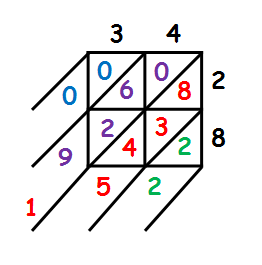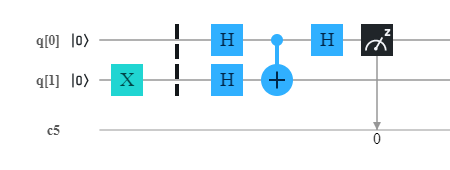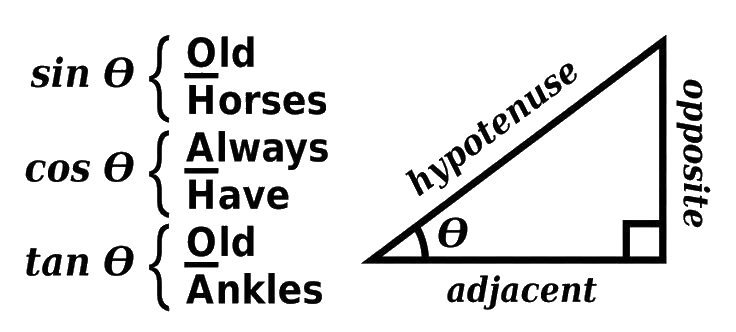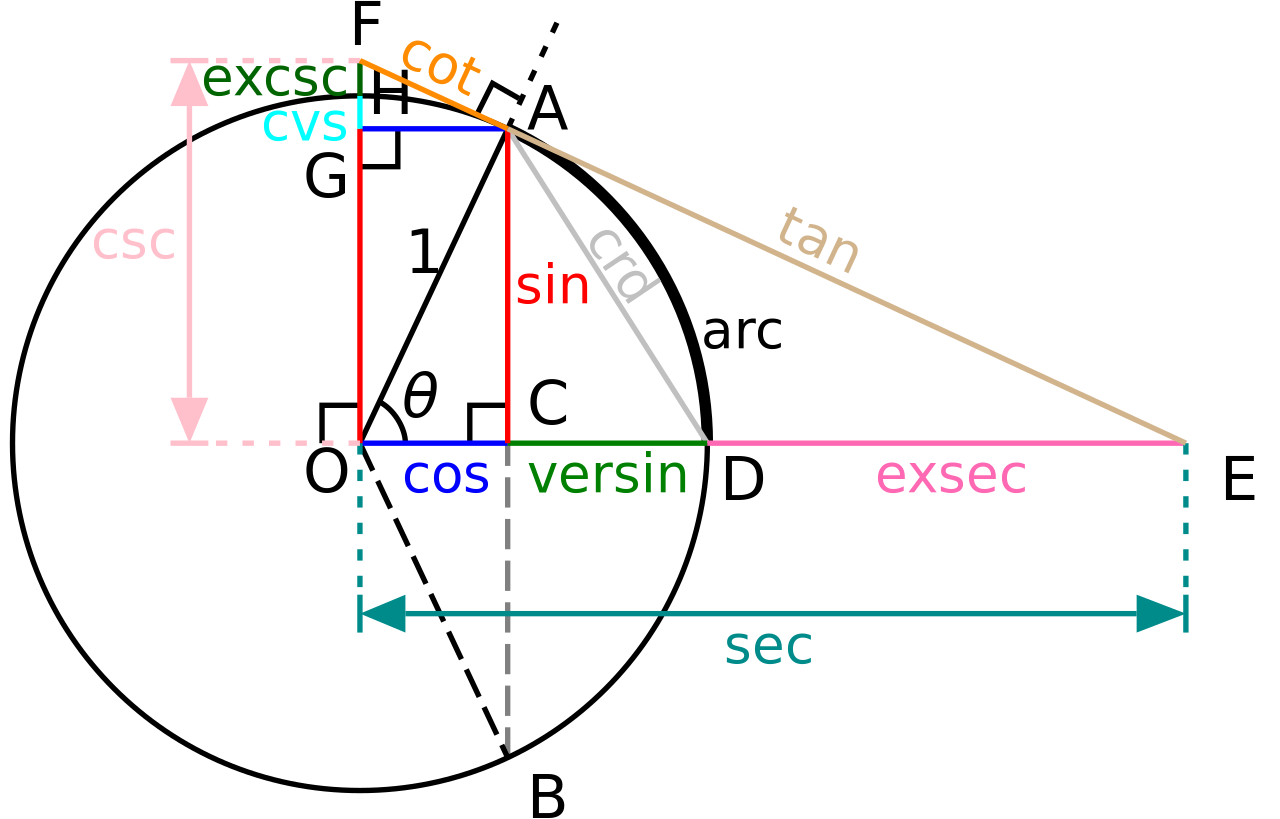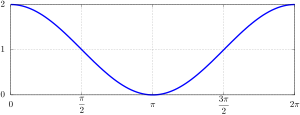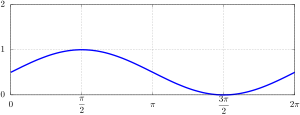Mathematics Yoshio March 10th, 2024 at 8:00 PM 8 0
自然對數
natural logNatural logarithm
The natural logarithm of a positive, real number \(a\) may be defined as the area under the graph of the hyperbola with equation \(y = 1/x\) between \(x = 1\) and \(x = a\). For x>0, the derivative of the natural logarithm is given by
\[\frac d{dx}\ln\left(x\right)=\frac1x\]
Inverse of exponential
The most general definition is as the inverse function of \(e^x\), so that \(e^{ln(x)}=x\). Because \(e^x\) is positive and invertible for any real input \(x\), this definition of \(ln(x)\) is well defined for any positive \(x\).
\(e^x=\lim\limits_{n\rightarrow\infty}{(1+\frac{x}n)}^n\)
For the complex numbers, \(e^{z}\) is not invertible, so \(ln(z)\) is a multivalued function. In order to make \(ln(z)\) a proper, single-output function, we therefore need to restrict it to a particular principal branch, often denoted by \(Ln(z)\). As the inverse function of \(e^{z}\), \(ln(z)\) can be defined by inverting the usual definition of \(e^{z}\):
\(e^z=\lim\limits_{n\rightarrow\infty}{(1+\frac{z}n)}^n\)
Doing so yields:
\(\ln\left(z\right)=\lim\limits_{n\rightarrow\infty}n\cdot\left(\sqrt[n]z\;-\;1\right)\)
This definition, therefore, derives its own principal branch from the principal branch of \(n\)th roots.
The natural logarithm can be analytically continued to complex numbers as
\(\ln\left(z\right)=\ln\left|z\right|+i\;arg(z)\)
where |z| is the complex modulus and arg(z) is the complex argument.
Integral definition
The natural logarithm of a positive, real number \(a\) may be defined as the area under the graph of the hyperbola with equation \(y = 1/x\) between \(x = 1\) and \(x = a\). This is the integral
\(\ln\left(a\right)=\int_1^a\frac1xdx\)
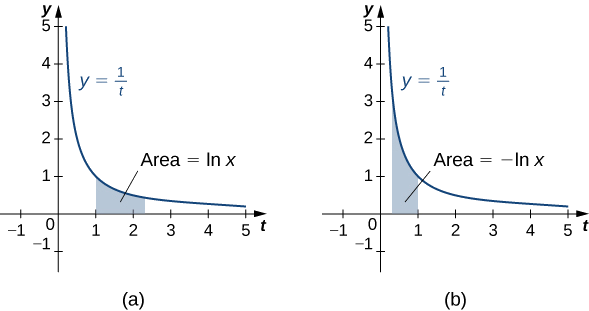
Properties of the Natural Logarithm
If \(a,b>0\) and \(r\) is a rational number, then
- \(\ln 1=0\)
- \(\ln (ab)=\ln a+\ln b\)
- \(\ln \left(\dfrac{a}{b}\right)=\ln a−\ln b\)
- \(\ln \left(a^r\right)=r\ln a\)
Euler's Formula
Euler's formula for complex analysis\(e^{ix}=\cos\left(x\right)+i\sin\left(x\right)\)
\(\sin x=\frac{e^{ix}-e^{-ix}}{2i}\)
\(\cos x=\frac{e^{ix}+e^{-ix}}2\)
\(\sinh x=\frac12{(e^x-e^{-x})}\)
\(\cosh x=\frac12{(e^x+e^{-x})}\)









